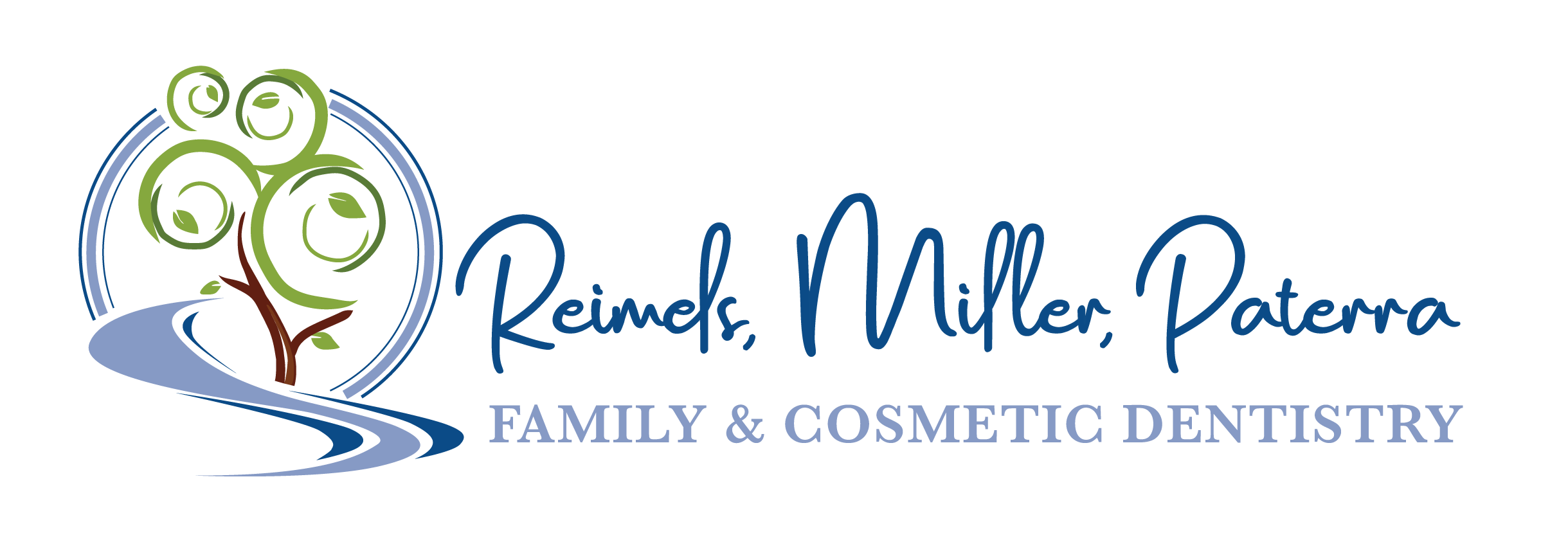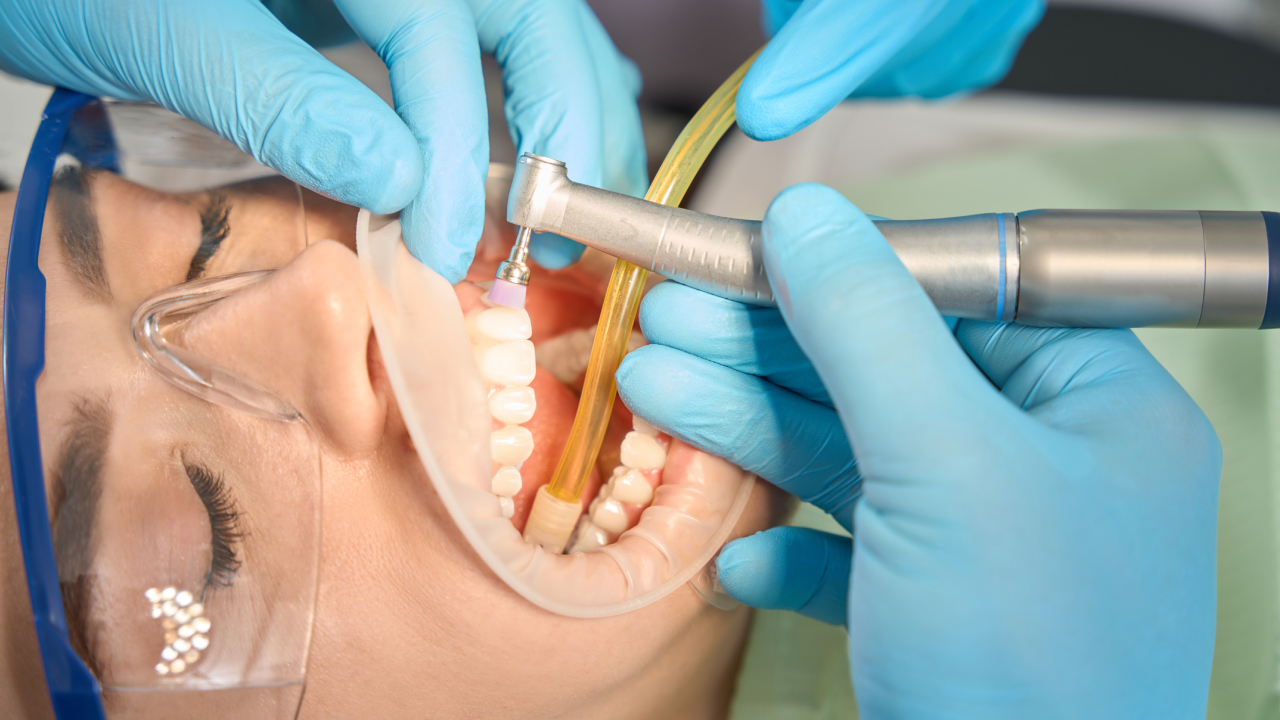Understand periodontal disease
Periodontal disease can feel intimidating at first, especially when you hear terms like “deep cleaning” or “gum maintenance.” If you have been advised to consider periodontal maintenance cleaning, you might wonder how it differs from regular dental cleanings, why it matters so much for long-term oral health, and what role it can play in preserving your smile. Periodontal disease—sometimes referred to as periodontitis—is a chronic infection of the gum tissues that can cause inflammation, gum recession, and, ultimately, tooth loss if not managed properly. By focusing on consistent management and a supportive treatment environment, you can overcome the unique challenges associated with chronic gum concerns and maintain a healthy mouth for years to come.
What is periodontal disease
Periodontal disease occurs when harmful bacteria accumulate below the gum line, ultimately creating “pockets” where infection can take hold. Your gums, bone, and connective tissues can gradually weaken if these bacteria are not removed. According to Casco Bay Smiles, untreated gum disease can lead to tooth loss and has even been linked to other health issues, including heart disease, diabetes, and osteoporosis. While the exact coronavirus-like effect on the body’s overall system is still an area of ongoing research, there is a clear correlation between misplaced bacterial growth in the gums and potential systemic complications.
In its early stage, called gingivitis, you may notice red, swollen, or bleeding gums, particularly after brushing or flossing. As it progresses to periodontitis, deeper pockets can form around the teeth, leading to more severe gum recession and bone deterioration. You might experience sensitivity, persistent bad breath, or even loose teeth. Because of these risks, addressing periodontal disease early is essential for both the stability of your teeth and your general health.
How it differs from routine cleanings
If your gums are declared healthy and show no signs of active disease, a routine cleaning—often known as a prophylaxis—helps maintain a protective level of oral hygiene. It usually takes place one or two times a year and involves standard plaque and stain removal above the gum line. However, once you are diagnosed with periodontitis, a more comprehensive approach is required. Periodontal maintenance cleaning goes deeper, targeting the pockets that form below the gum line. This process is also performed more frequently, typically three or four times a year, though some individuals may need a different schedule based on their condition.
The difference in procedure is significant. Routine cleaning addresses plaque on the visible surfaces of your teeth, while periodontal maintenance aims to completely remove infection-causing bacteria lodged in gum pockets. According to Lincoln Dental Plans, this specialized cleaning, often referred to as scaling and root planing, helps prevent the disease from worsening. It can also potentially reduce the pocket depths, gradually shifting your gum health toward a state of remission.
Why periodontal maintenance cleaning matters
By the time you notice intense symptoms like tooth mobility or significant bleeding, gum disease may already be in a more advanced stage. Periodontal maintenance cleaning is the proactive step that allows you and your dental team to stay ahead of the disease. It directly tackles bacteria and debris accumulating under the gum line, preventing permanent damage to your tissues and bone structure.
Along with its physical benefits, a tailored cleaning plan can help you feel reassured, empowered, and in control of your oral health. Receiving regular care from a trustworthy practice, such as Reimels Dentistry, means you have an expert partner who understands your unique challenges. Rather than short, one-size-fits-all appointments, you receive in-depth attention that addresses your long-term oral health needs.
Explore key benefits
Periodontal maintenance cleaning offers multiple advantages that can help you safeguard your overall health, reinforce bone stability, and keep you smiling confidently. By removing hidden bacteria, your risk of advanced gum disease is notably minimized. If you approach these appointments consistently, you can preserve healthy tissues and avoid more invasive procedures down the road.
Preventing tooth loss
One of the leading causes of tooth loss for adults is untreated gum disease. When gingivitis advances into more serious periodontitis, bacteria can begin deteriorating the tissues and bone that stabilize your teeth. When pockets deepen, teeth can shift or become loose, creating a higher risk of eventual extraction. By investing in periodontal maintenance cleaning, you target these pockets directly, prevent bacterial overgrowth, and protect the foundation of your oral health.
In the event a tooth is compromised, your provider may discuss options like tooth extraction or, in more challenging cases, surgical tooth extraction. However, an integral objective of periodontal maintenance is to help you avoid major procedures by consistently dismantling the conditions that allow gum disease to progress.
Controlling bacteria and inflammation
During each periodontal maintenance session, your hygienist thoroughly clears out hard deposits of tartar and bacteria, minimizing the local triggers for gum inflammation. This supports your body’s natural ability to heal. According to Dr. Dena, regular maintenance cleans reduce bacteria debris and inflammation below the gum line, which can encourage the gums to reattach to your teeth. This can shrink the pockets that harbor harmful microbes.
Inflammation, if left unresolved, can cause persistent bleeding, gum recession, and persistent irritation. Because the emphasis is on controlling bacterial colonization, you reduce the risk of both localized infections and potential links to broader health issues like heart disease or diabetes. The goal is to keep the infection at bay, allowing you to comfortably navigate a path toward healthier gums.
Preserving bone structure
Healthy bone is essential for strong teeth. Yet, periodontitis can damage the jawbone over time, exposing more of your tooth roots. Without a stable jawbone, teeth can shift, making daily functions like chewing significantly more difficult. By routinely scheduling your periodontal maintenance cleaning, you help protect the integrity of the jawbone and ensure you have the support you need for a confident bite.
In more extreme cases—such as when gum disease has progressed to the point of impacting your jawbone—additional treatments may be required. A service like bone grafting ridge preservation can restore compromised bone, preparing your mouth for dental implants or even standard restorations (like crowns or bridges). The best strategy, though, is stopping bone loss before it starts, making a structured cleaning schedule critical.
Protecting overall health
Ongoing research continues to highlight the correlation between oral health and systemic well-being. According to Casco Bay Smiles, gum inflammation has been linked with various medical conditions, including heart disease, diabetes, and osteoporosis. The presence of chronic inflammation in your mouth can encourage an inflammatory response throughout the body, further complicating existing health concerns or raising your risk of new issues.
By prioritizing regular periodontal maintenance cleaning, you prevent a dangerous buildup of bacteria that could spread beyond your mouth and potentially compromise other systems. That can be immensely reassuring if you or a loved one has underlying medical conditions. If you want to bolster your overall health, consider something as straightforward as consistent gum care an essential part of your wellness plan.
Follow the cleaning steps
A thorough periodontal maintenance cleaning typically goes beyond a routine scaling and polishing. It offers an in-depth focus on the areas that need special attention. Understanding the series of steps in each cleaning can help you prepare for your visits, feel more at ease, and embrace an active role in the healing process.
Supragingival cleaning
“Supragingival” refers to all surfaces above the gum line. During this stage, your dental professional removes plaque and tartar accumulating on areas you can often see or reach with normal brushing. While this may feel much like a standard cleaning, it is crucial for eliminating the outermost layers of debris before addressing the pockets beneath the gums. This step sets the foundation for the deeper cleaning that follows.
Subgingival cleaning
Subgingival, by definition, means below the gum line. This is where periodontal disease frequently hides and thrives. During subgingival cleaning, your hygienist will use specialized tools to gently remove tartar and bacterial colonies that attach to tooth roots within gum pockets. According to Bellaire Periodontics, ignoring these bacteria can lead to ongoing inflammation and worsen periodontal disease, making maintenance in the deeper zones a priority.
Because this stage involves careful maneuvering under the gums, sedation options such as oral sedation or nitrous oxide sedation could be used if you experience anxiety or significant sensitivity. In a compassionate environment, your dental team will ensure you remain comfortable throughout the appointment, allowing the cleaning to be both thorough and gentle.
Root planing
Few things are more important to stable oral health than smooth tooth roots. When roots are rough or harbor debris, bacteria can more easily cling to the tooth surfaces and perpetuate infection within the gums. Root planing involves carefully smoothing the roots, allowing gum tissues to reattach more effectively to the tooth. This step can reduce the depth of your gum pockets, a key factor in bringing periodontal disease closer to remission.
By refining the tooth surface below the gums, you limit places where colonies of bacteria can form. Over time, consistent root planing can help ensure the disease remains under control, keeping you on track toward a healthier, more stable smile.
Ongoing evaluations
Periodontal maintenance cleaning appointments generally include regular assessments of your gum health and bone structure. For example, your dental team might take X-rays to monitor changes or look for early signs of inflammation that require attention. If infection or extensive Tartar buildup resurfaces, your provider can address it more quickly than if you waited another six months or a year.
For individuals struggling with persistent or recurring infections, additional interventions may be needed. Reimels Dentistry may recommend gum disease treatment methodologies designed specifically to further combat the underlying infection and inflammation. This comprehensive approach ensures you remain aware of your progress at each step and supports your natural healing potential.
Determine your maintenance schedule
Periodontal disease is often a chronic condition that requires consistent attention. You will not typically “cure” it in the same way you might eliminate a short-term illness. However, you can manage it effectively through a carefully tailored schedule of periodontal maintenance cleaning. Partnering with your dental team to find the correct frequency for your cleanings can be the key to keeping your gum health in check.
Recommended frequency
While research varies, a common guideline is scheduling periodontal maintenance every three to four months (Lowcountry Family Dentistry). This interval offers a balanced approach, giving your gums time to heal and reattach between visits while preventing bacterial colonies from reestablishing themselves. More frequent appointments might be advised if you have severe periodontitis or if you have complicating health factors such as diabetes, smoking habits, or a genetic predisposition to gum disease.
Personalized intervals
Your dentist knows to look for subtle shifts in pocket depth, bone density, and tissue resilience, adjusting your maintenance plan accordingly. Some individuals may see improvement quickly, requiring only standard three-month appointments. Others benefit from meeting with their hygienist more often. Conversely, you might find yourself in a more stable condition and prove able to move to a slightly longer interval without risking your oral health.
Generally, it is a collaborative decision that takes into account the following factors:
- Your gum pocket measurements
- Your bone levels and prior X-ray findings
- The presence of bleeding or redness
- Your personal and family medical history
- Your at-home hygiene practices
Long-term plans for remission
Periodontal disease is sometimes deemed a lifelong condition, but consistent maintenance can place it in remission. Your goal should be preserving as much bone and gum tissue as possible, stabilizing the condition of your teeth, and maintaining an infection-free state below the gum line. As pockets shrink and inflammation fades, you may be less susceptible to sudden flare-ups, and you can feel more secure in your day-to-day dental comfort.
However, this journey is ongoing. Scaling, root planing, and thorough subgingival cleaning may need to happen regularly to ensure bacteria never get a chance to cause further harm. Combine that vigilance with daily brushing and flossing to fully protect your newly healthier gum environment. You might also consider helpful adjunct services like a fluoride treatment or an oral cancer screening as part of your comprehensive checkups, especially if you have additional concerns about sustaining a robust smile.
Why choose Reimels Dentistry
When it comes to managing periodontal disease, you deserve a practice that upholds a patient-centric philosophy. At Reimels Dentistry, you will discover an environment where your comfort, health, and unique needs form the centerpiece of the treatment experience. From advanced diagnostics to an empathetic staff, we enrich every step of your journey to periodontal health with personalized recommendations and the support necessary for lasting results.
Comprehensive approach
Part of addressing periodontal disease means looking at the bigger picture. Reimels Dentistry understands that successful gum care does not just address the symptoms but also focuses on prevention and overall oral wellness. Whether you need professional teeth cleaning to maintain healthy gums or more targeted intervention such as gum disease treatment, you will find continuity in your care and an emphasis on evidence-based methods that yield enduring benefits.
Advanced diagnostics and technology
A vital aspect of controlling periodontal disease is accurate detection and monitoring. Reimels Dentistry employs modern tools to evaluate your gum pockets, detect early bacterial deposits, and keep track of changes over time. Services like digital xray imaging and 3d cone beam imaging let you see detailed views of your jawbone and soft tissues, ensuring more precise diagnoses and treatment planning. This technology allows your dental team to spot the slightest shifts in bone stability, helping you stay on top of your condition before it escalates.
Comfort and sedation options
If you are anxious about deep cleanings or a series of office visits, sedation dentistry can make a real difference. Reimels Dentistry provides safe, monitored sedation methods—including oral sedation, nitrous oxide sedation, or iv sedation dentistry—so you can address your gum concerns without fear or discomfort. Our gentle approach promotes a nurturing atmosphere where you feel supported, even when facing procedures that involve more extensive cleanings or root planing. By ensuring your peace of mind, we help you stick to the critical maintenance schedule needed to keep periodontal disease under control.
Additional services
Beyond gum health, Reimels Dentistry offers an array of preventive, restorative, and cosmetic dental treatments to improve your smile. Whether you are seeking a cosmetic smile makeover, need toothache pain relief in an emergency, or want advanced restorative services like dental crown placement, a committed team stands ready to create a customized plan. If your family includes young children, you can also explore pediatric dental care to ensure that everyone’s needs are met in one supportive and caring practice.
Frequently asked questions
Below are some common questions about periodontal maintenance cleaning that often come up as patients explore how best to protect their teeth and gums.
- How is periodontal maintenance cleaning different from a regular cleaning?
If you have healthy gums, a regular cleaning (prophylaxis) might be sufficient. Periodontal maintenance cleaning goes deeper below the gum line to remove bacteria hiding in pockets. It targets active disease and typically occurs more frequently to keep periodontitis in check. - Will periodontal maintenance cleaning cure my gum disease?
Though there is no definitive cure for chronic periodontal disease, consistent maintenance can put it into remission. By cleaning the pockets thoroughly and preventing bacteria from recolonizing, you can keep your gums stable for the long run. - Does periodontal maintenance cleaning hurt?
Most patients experience minimal discomfort. However, your dentist can provide numbing or sedation if you are concerned about sensitivity. The goal is to make procedures as comfortable as possible while preserving your gum tissue. - How long do I need to keep getting these cleanings?
This varies. Some individuals achieve a level of remission that allows them to drop back to routine cleanings after a period of successful treatment. Others continue with a three- or four-month schedule indefinitely to control their symptoms. Your dental team will guide you based on ongoing evaluations. - Can I prevent ever needing periodontal maintenance cleaning?
By practicing consistent oral hygiene, attending routine dental checkup visits, and isolating potential risk factors like smoking, you may avoid developing advanced periodontitis. However, genetics and health history also play a role. Early detection remains the best strategy for preventing severe gum disease.
Conclusion
Periodontal maintenance cleaning can be an invaluable tool in protecting your smile and keeping you free of the painful, costly consequences of uncontrolled gum disease. By focusing on thorough subgingival cleaning, root planing, and ongoing evaluations, you can actively combat the challenges of periodontitis and maintain a stable oral environment. With the right care plan, gum disease does not have to stand in the way of a healthy mouth or your sense of well-being.
If you or a loved one is seeking a caring, knowledgeable practice capable of addressing everything from preventive checkups to comprehensive periodontal management, Reimels Dentistry is here to lend a hand. Our commitment to personalized care helps ensure you receive exactly the support you need at every stage, from diagnosis to maintenance. By choosing us, you can feel confident that your plan is built upon a foundation of empathy, advanced technology, and a thorough understanding of what it takes to protect your oral health over the long term. Collaborate with a team that values your comfort and invests in your success, and you will soon see how periodontal maintenance cleaning can truly save your smile.








